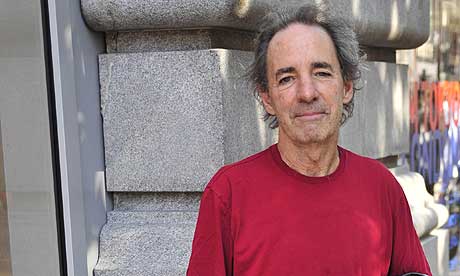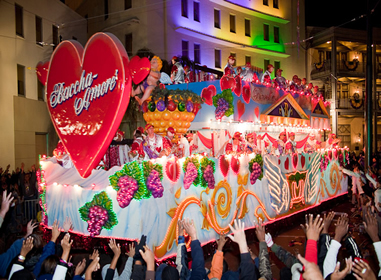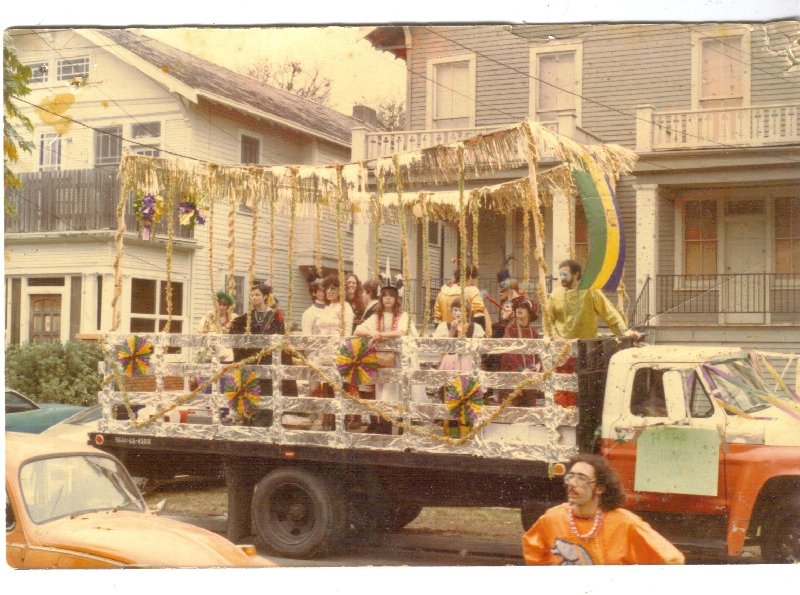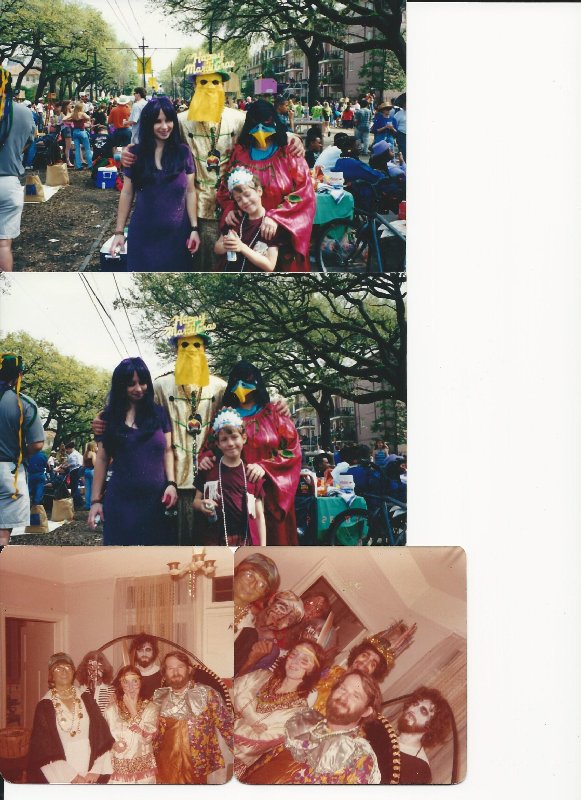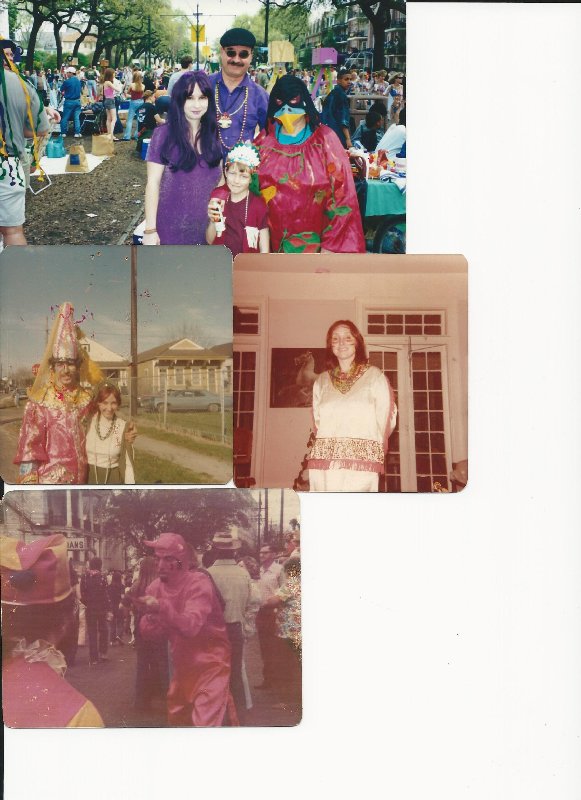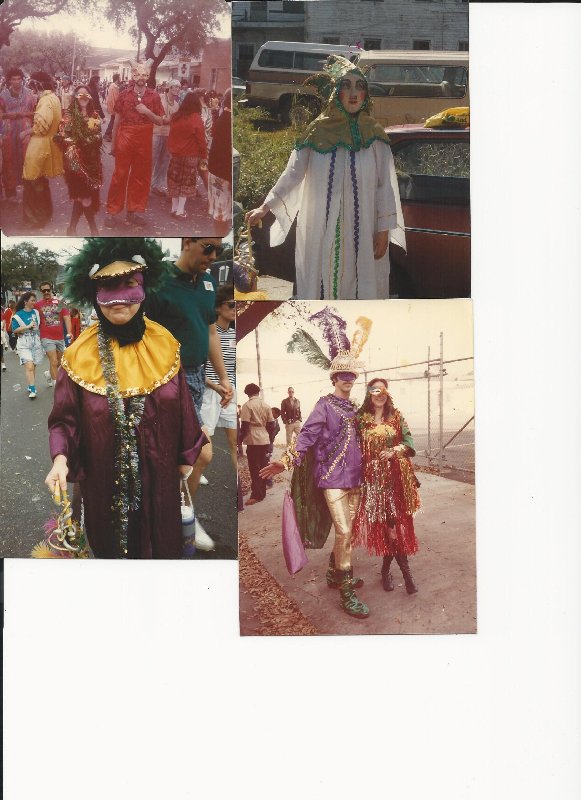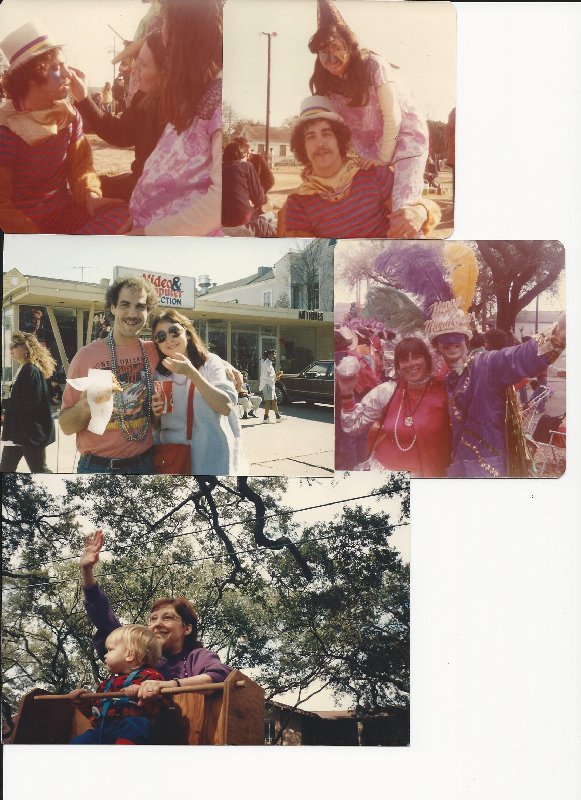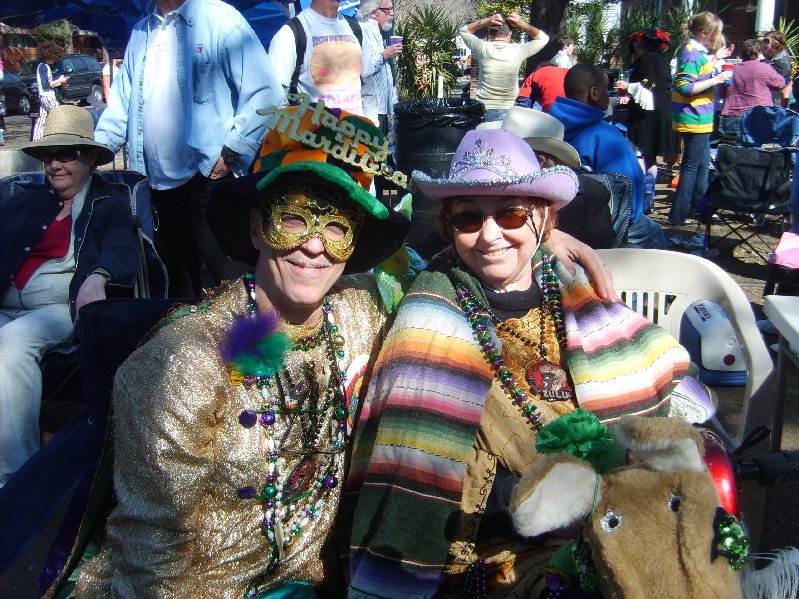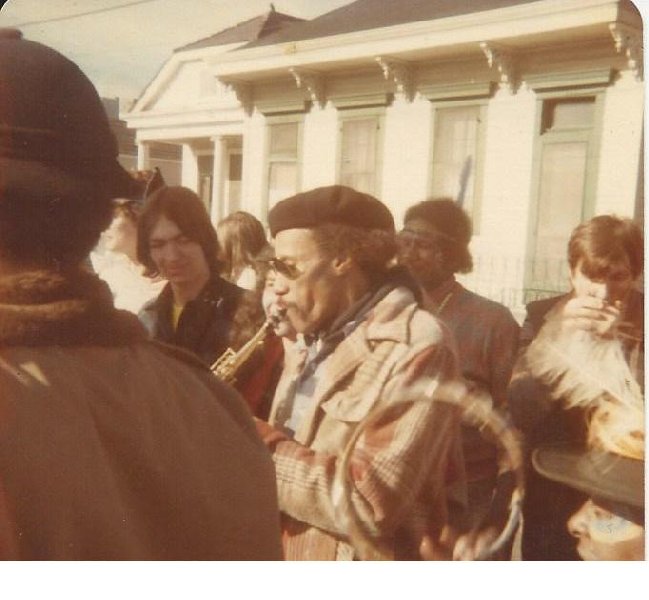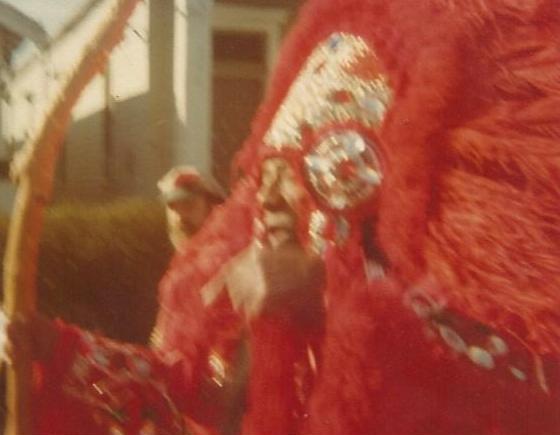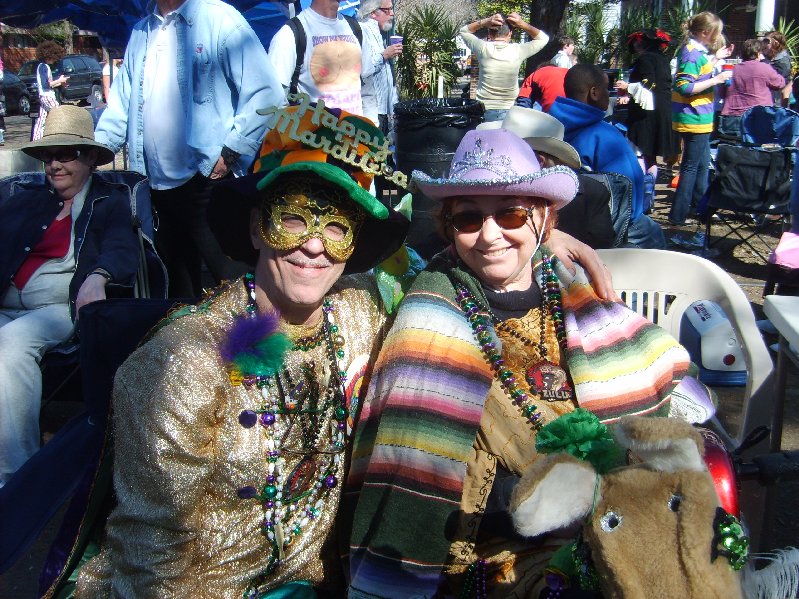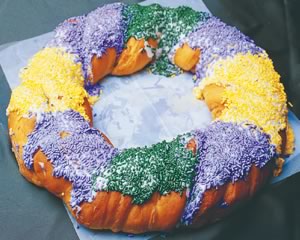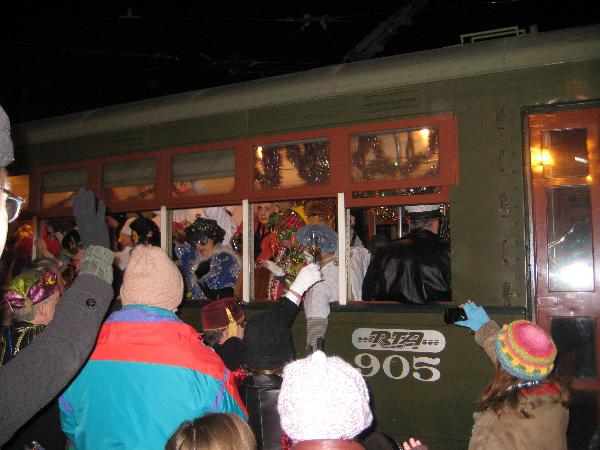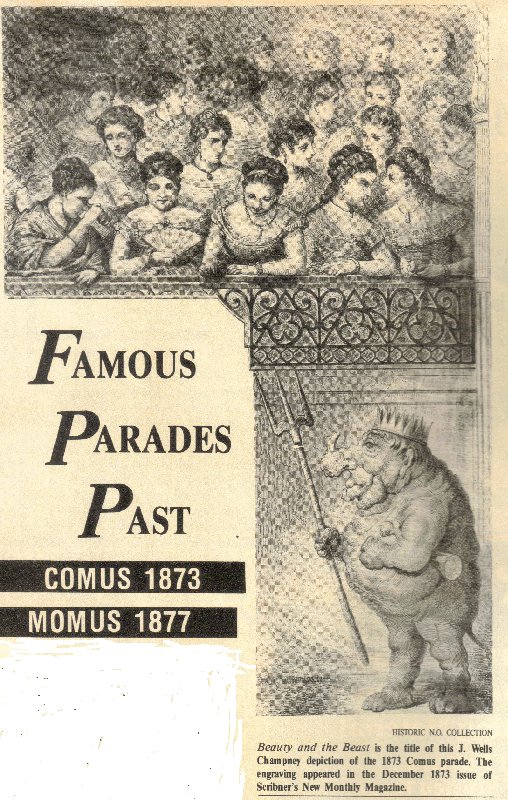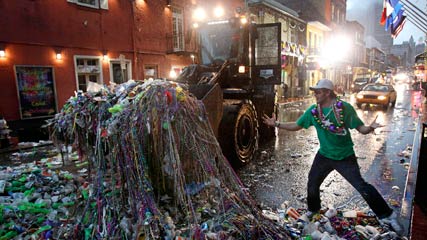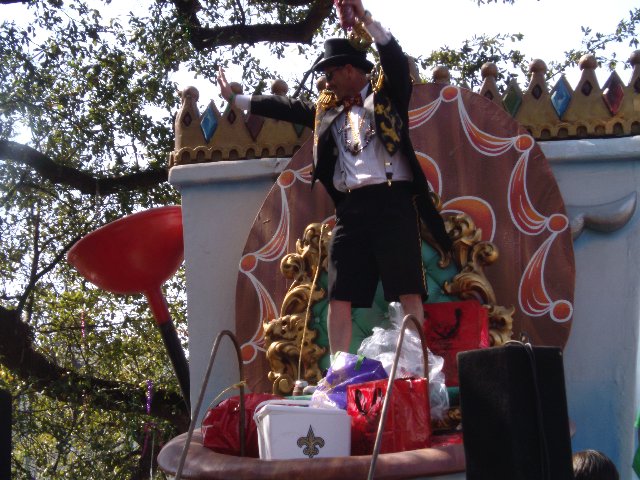New Orleans Mardi Gras
Harry Shearer Sues Bacchus Krewe DJ Over Ear Damage!!
0Picked this up from the Louisiana Record.
The Simpson‘s voice superstar, who participated in the 2012 Bacchus parade, is suing the disc jockey hired to provide music on the float after allegedly sustaining injury to his hearing following the parade ride.
Harry Shearer filed a lawsuit against Rock-It Productions Inc., Global Indemnity Group Inc. and Penn-America Insurance Co. in the Orleans Parish Central District Court on Feb. 13.
Shearer claims that he was unable to move from his assigned position on the Bacchawhoppa float in the Bacchus parade after being strapped in behind a loudspeaker. He claims he was diagnosed with a case of tinnitus due to the defendant’s negligence and refusal to lower the volume or supply ear plugs.
Shearer is best known for his voice work on the popular cartoon series The Simpsons, but also has an extensive background in film and hosts Le Show, a weekly radio show broadcast on NPR affiliate stations throughout the country.
The defendant is accused of failing to provide any type of ear protection to the plaintiff and other float riders, failing to provide an alternative position on the float so as not to be in direct contact with the loud speakers and failing to take corrective action when asked multiple times by plaintiff prior to plaintiff’s injury. An unspecified amount is sought for medical expenses, loss earnings, physical and mental pain and disability.
Shearer is represented by Andrew S. de Klerk of New Orleans-based Frilot LLC. This case has been assigned to Division L Judge Kern A. Reese.
Bacchus is a super krewe of the New Orleans Mardi Gras. They march down St. Charles Avenue the Sunday evening before Fat Tuesday with an extraordinary parade with icon New Orleans Carnival floats such as the Bacchasaurus, Bacchagator, Bacchawhopper, Baccha-Amore and others. They were the original super krewe parade (1968), and they have been emulated heavily by Orpheus, Endymion
Shearer co-created, co-wrote and co-starred in the 1984 film This Is Spinal Tap, a satirical rockumentary about a band called Spinal Tap. Shearer portrayed Derek Smalls, the bassist, and Michael McKean and Christopher Guest played the other two members. The film became a cult hit and the band has since released several albums and played several concerts. Spinal Tap was a rock band that played loud rock music, and many rock musicians have ear problems that plague them for decades.
Meg Mardi Gras Photos!!
0Meg was my Mardi Gras soul mate, we went parading from the mid 70s for the next 35 years and really had a blast decade after decade. I was very fortunate that she was a kid magnet and we would take our kids and the neighborhood kids on Mardi Gras parade excursions night after night during the season. In the late 70s, we crashed the CAC’s Krewe of Clones.
Before there was KdV, there was its predecessor, Krewe of Clones. Clones grew directly out of the Contemporary Arts Center. The CAC ran the parade, and the parade staging area was the CAC parking lot on Camp Street. It was an arty, satirical parade from the start. I still have an original1984 Krewe of Clones T shirt with the theme Barbie & Ken go to the World’s Fair.
After watching the parade one year in front of the CAC, we noticed the CAC Parade Marshall was drinking heavily over the couple of hours it took the parade to leave the staging parking lot.
The next year, we hatched a plan to crash the parade with our own float, taking advantage of the Marshall’s inebriation. We decorated our VW van into an elephant float by dying some sheets gray, and constructing a paper mache trunk, ears, and tail.
The night of the parade, we drove our float into position next to the CAC. When the parade was almost out of the staging area, we took advantage of the loose formation conditions, and drove our float straight onto the route. The Parade Marshall waved us on. For the next few years, we morphed that old van into other animals, and continued to crash the parade until the Marshall ‘retired’.
For several years in the mid 1980s, we had our own float in the Tucks parade. We paid the Krewe $500 cash and rented a stake bed truck and built our our cheapo float and invited all our twenty or so out of town Carnival visitors and all the neighborhood children to participate in the parade down Napoleon Avenue and down historic St. Charles Avenue on a Saturday afternoon during Mardi Gras. See the photo immediately below. I drove most of the with some help, and Meg rode on the truck and in the cab with me. We had an amazing time!
1979 Mardi Gras Revisited – New Orleans Police Strike!!
0This was a Mardi Gras to remember. The police strike (NOPD) cancelled the parades in Orleans Parish, but Jefferson and St. Bernard Parishes held all their parades. Much of organized Carnival was canceled in New Orleans, but all of the less organized groups came out as usual.
On Fat Tuesday morning we went to the west bank for Grela and the trucks, then headed back over the Mississippi River bridge to find the Wild Tchoupitoulas Indians. We found them, with Chief Jolly, Charles Neville on sax, and Aaron Neville smoking a joint with our little group! We really enjoyed our time with 2nd Chief Norman Bell, Chief Jolly (George Landry), Aaron and Charles Neville, and other Indians and musicians.
We were living on Robert Street off of Danneel St, so we were very close to where the Nevilles all lived back then, on Valence Street. This was right before the Nevilles became major label fodder and began to travel the world in earnest as the pride of New Orleans, the Neville Brothers.
We hung out and followed the Wild Tchoupitoulas for a couple of hours before heading the the French Quarter and a party on Royal Street. These uptown Mardi Gras Indians were followed by a crowd of about 20 people. It was really an enjoyable aspect of Fat Tuesday that year.
Since that time, we’ve gotten into a bit of a fun rut on Fat Tuesday. We set up on St. Charles for Rex and the Trucks, and catch some of Zulu on Jackson Avenue before. There is so much to do and see at the New Orleans Carnival you can hardly go wrong, as long as you travel in a small group for safety reasons. We always bring a number of really excellent foods and drinks for Fat Tuesday. We BBQ, bring hot gumbos, sushi, traditional desserts like king cakes, mandel brot, decadent chocolate cakes, chocolate babka, etc. Not all of that each year, but I always make a half dozen Po-boys in advance for guests and friends who show up during the number of hours we’re on St. Charles enjoying the parades and trucks.
We always bring a king cake, that’s positively necessary.
Little Known Mardi Gras Facts!!
01. Floats mounted on St. Charles Avenue streetcars? The 1900 Nereus parade tried the idea, but the experience was deemed a failure and the club gave up parading soon after. They still hold a yearly ball, however. The Phunny Phorty Phellows decorate a streetcar for their Twelfth Night ride each year, but they don’t decorate the car exterior much, and they don’t mount a float onto a streetcar.
2. Many krewes rent their floats, signing three to five year contacts with the float builder.
3. Not all doubloons are made from aluminum. Many krewes mint fancier ones out of more expensive metals -silver, gold, copper, brass, etc.- that are sometimes designed and painted in Europe. These doubloons are kept by the krewe members or given as krewe favors or gifts.
4. Early New Orleans parades (1860s) were built partially in Paris and finished in New Orleans. The first parade constructed entirely in New Orleans was Comus 1873, entitled Missing Links to Darwin’s Origin of the Species, built by George Soulé. The Missing Links parade was an important event in New Orleans’ Mardi Gras history, becoming one of the first major parades to use satire and political commentary. Many of the images depict figures related to the Civil War and Reconstruction, such as Ulysses S. Grant, Benjamin Butler, and Louisiana Governor Henry Warmoth. Also depicted are notable figures such as Charles Darwin, and Algernon Badger (head of the despised Metropolitan Police).
5. The first recorded throw was in 1871; a Twelfth Night Reveler, masked as Santa Claus, tossed small gifts to the parade crowd.
6. How much of a king is Rex, King of Carnival? In 1950, the Duke and Duchess of Windsor attended the Rex ball and found themselves face to face to face with the pretend only royalty, the King and Queen of Rex. Guess which couple did the bowing? The gracious Windsors!
7. How is the date for Mardi Gras determined? This year, the date is February 12, but any Tuesday from February 3 to March 9 could be the one. The rule is: Mardi Gras is always 46 days before Easter, which is always the first Sunday after the full moon following the Spring Equinox. When is the Spring Equinox? It’s the day when the sun crosses the plane of the earth’s equator, making day and night all over the earth the same length. Since this date shifts, Easter changes, which is why the date of Mardi Gras is moveable.
8. 1899 was the year of the Big Snow. There were big chunks of ice in the Mississippi River during the final weekend before Fat Tuesday.
Mardi Gras Recycling About to Take Off!!
0Our New Orleans City Council is considering a parade proposal that would let the crowd throw back beads at specially designed bead recycling floats. This is an excellent idea whose time has certainly come. I saw such a float at the end of some parades in 2012.
There’s a very cool documentary about where our beloved Mardi Gras beads come from. Mardi Gras: Made in China is all about our beads and the China connection. Here’s a clip from youtube.com.
That’s a lot of wasted beads! Even though there’s been a law on the books banning parade goers from throwing beads at floats, that hasn’t stopped anyone, when the right float goes by. Bacchus’ Kong series of floats are all targets of beads.Tucks’ toilet float is another serious target.
Councilwoman Susan Guidry, a big recycling champion, is behind this effort. The council could pass the ordinance very quickly in time for the Carnival 2013, or let it sit until 2014.
Verdigras.org is a new Mardi Gras green effort. From their web site-
an amalgam of ages, races, sexes,
and families speaking a common
language:
Mardi Gras is about the show,
not the throw, the community
and the
joie de vivre.
dedicated to:
conservation of our resources
–Inspiring others and ourselves in
creating and supporting a greener,
cleaner Mardi Gras for all – with a
spirit of creativity and fun, and
–Reducing our dependence on foreign
throws and throws in general.

ARC Bead Recycling Mardi Gras Float
